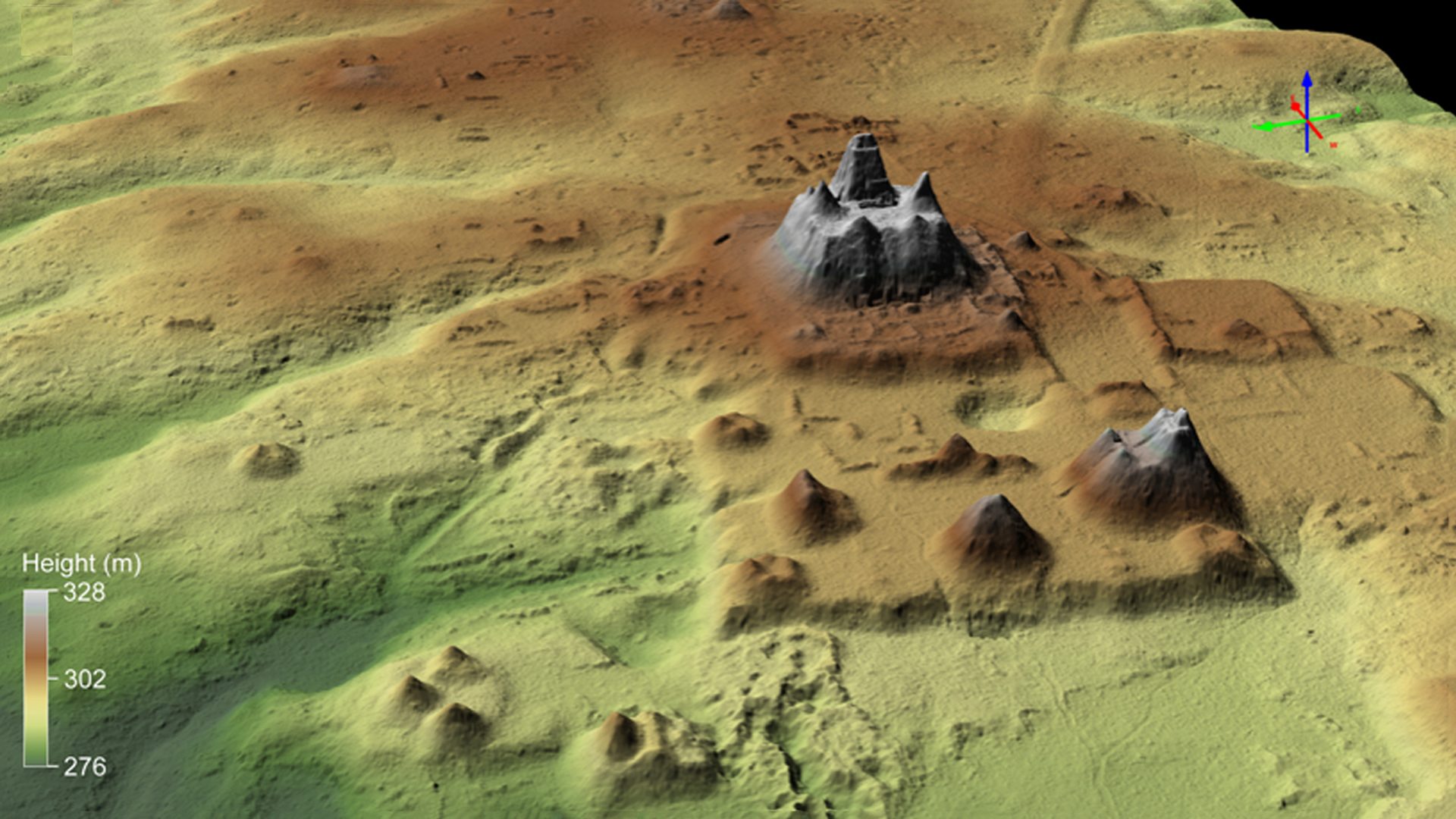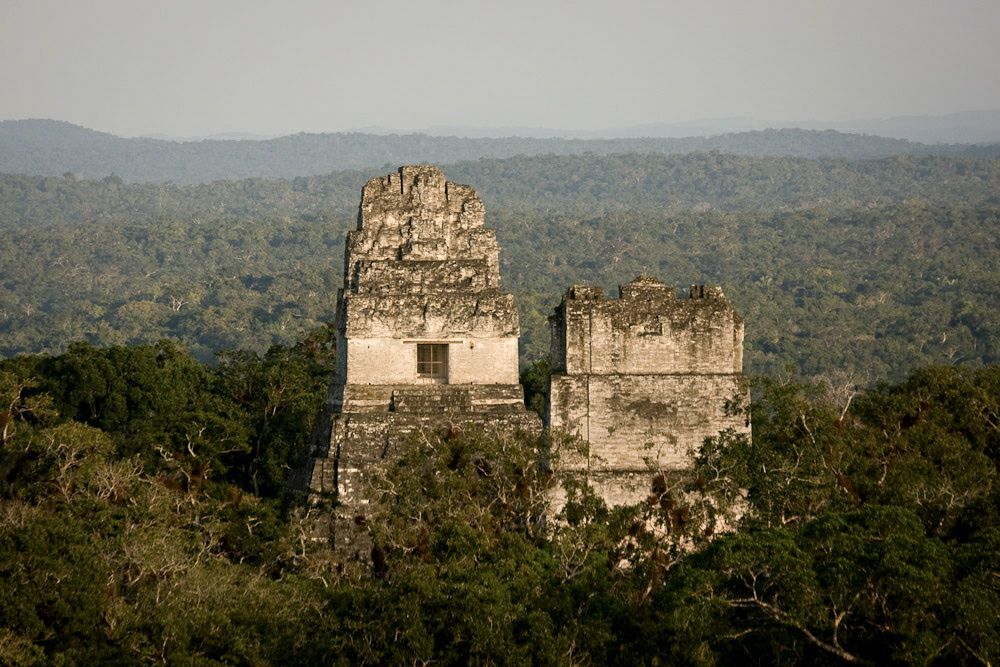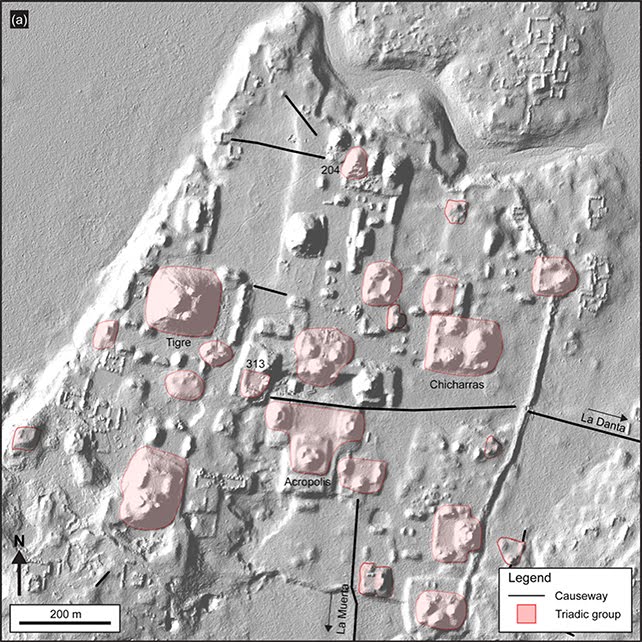The ancient Maya civilization is one of the most fascinating and mysterious civilizations of all time. From their incredible architecture to their complex society, the Maya continue to captivate and intrigue us to this day. Recently, using the latest LiDAR technology, researchers have discovered an entirely new Maya site in northern Guatemala that had been hidden in plain sight for centuries. The discovery has shed new light on one of the most intriguing civilizations in history, and has left archaeologists and historians amazed at the incredible findings that have been made.

In a new study published in the journal Ancient Mesoamerica, researchers from Texas-based universities used LiDAR, or laser-based imaging, to open up more of Maya settlement history than ever known before. The LiDAR technology was first used in 2018 to uncover another ancient Mayan city that had been hidden in the dense Guatemalan jungle for centuries.
This time, the light detection and ranging technology pierced through the heavily forested Mirador-Calakmul Karst Basin in northern Guatemala to show that more than 1,000 settlements covered about 650 square miles, all connected with 110 miles of causeways that the Maya people used to travel their settlements, cities, and cultural centers. The scholars effectively uncovered waterways and artificial basins, underscoring the vastness of the system implemented by the Mayan civilization during the middle and late preclassic era, spanning from circa 1000 BC to 150 AD.

According to Carlos Morales-Aguilar, a co-author hailing from the Department of Geography and the Environment at the University of Texas at Austin, the study was essentially “a groundbreaking glimpse into a region that boasted an exceptional degree of political and economic integration – a quality that appeared to be unique to the area within the Western Hemisphere.” Hence, the study successfully presented a comprehensive overview of the entire landscape of the Maya region.

The concentration of preclassic Maya sites connected by causeways forms a “web of implied social, political, and economic interactions,” according to the study:
“Monumental architecture, consistent architectural formats, specific site boundaries, water management/collection facilities, and 177 kilometers (110 miles) of elevated preclassic causeways suggest labor investments that defy organizational capabilities of lesser polities and potentially portray the strategies of governance in the preclassic period.”
According to the researchers who conducted the study, the Mayan region offered a balance of optimal living conditions for architecture and farming. This discovery not only highlights the extent of the Maya civilization, but also illuminates their intricate interconnectivity within their culture and society.
In summary, this incredible Mayan discovery is a testament to the resilience and ingenuity of these ancient peoples. By meticulously analyzing the “settlement distributions, architectural continuities, and chronological contemporaneity of these sites, scientists have uncovered evidence of sophisticated centralized administrative and socio-economic strategies within a clearly defined geographical region.”
These findings are truly mind-blowing, and provide new insights into the complex history and cultural achievements of the Mayans. With their towering pyramids, intricate artworks, and advanced astronomical knowledge, the Mayans remain a source of fascination and wonder, inspiring generations to come.




